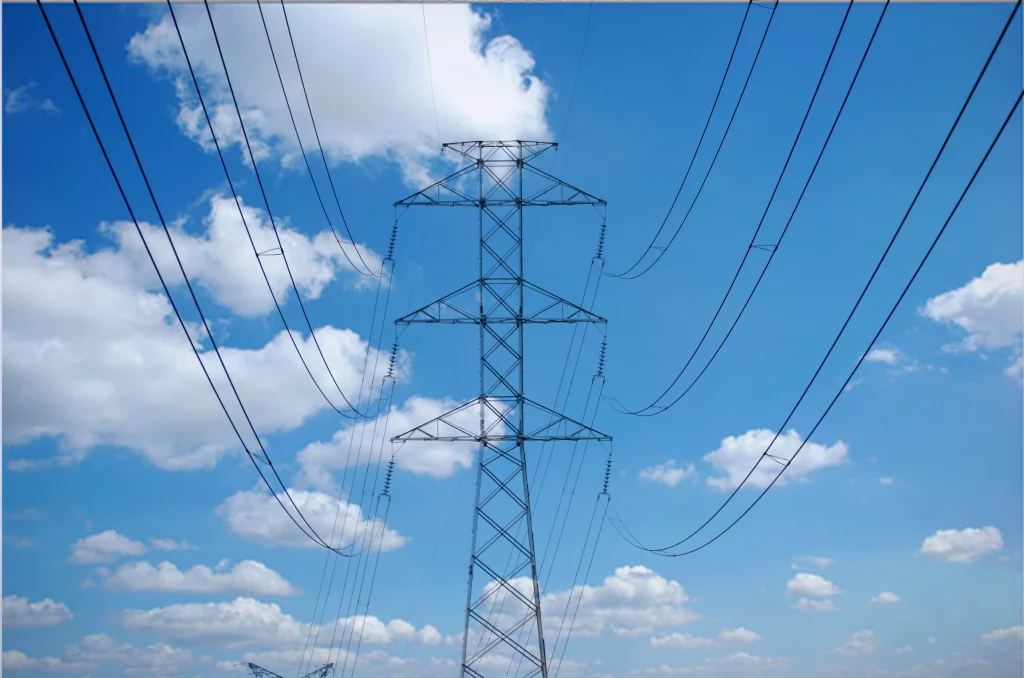Understanding and mitigating the Ferranti effect is crucial for the safe and efficient operation of long-distance power transmission systems.
The Ferranti effect is a phenomenon observed in long AC power transmission lines, where the voltage at the receiving end of the line becomes higher than the voltage at the sending end, particularly when the line is lightly loaded or unloaded. This effect was first identified by Sebastian Ziani de Ferranti in 1887.
The Ferranti effect is a phenomenon in electrical engineering where the voltage at the receiving end of a long AC transmission line is higher than the voltage at the sending end, especially when the load is very small or there is no load.
This effect occurs due to the significant capacitance and inductance distributed along the transmission line. When the line is lightly loaded or unloaded, the current drawn by the line’s capacitance causes a voltage drop across the inductance, leading to a higher voltage at the receiving end.
The Ferranti effect is more pronounced in longer transmission lines and at higher voltages, and it can be particularly noticeable in underground cables due to their higher capacitance per unit length.
Causes
The Ferranti effect occurs due to the interaction between the inductance and capacitance of the transmission line. When a line operates under no-load or low-load conditions, the line's capacitance causes a charging current to flow, which in turn induces a voltage drop across the line's inductance. This in-phase voltage drop leads to an increase in voltage at the receiving end compared to the sending end.
Key Factors
- Line Length
- The effect becomes more pronounced as the line length increases, particularly in very long lines (greater than 200 km).
- Frequency
- The voltage rise is proportional to the square of the frequency; hence, higher frequency systems are more susceptible to the Ferranti effect.
- Capacitance and Inductance
- Higher capacitance, especially in underground cables, and lower inductance can exacerbate the effect.
Implications
If not managed properly, the Ferranti effect can cause overvoltage, which may stress electrical components and lead to insulation failure or other hazards in the power system.
Mitigation
To reduce the impact of the Ferranti effect, power engineers can limit the length of transmission lines or install inductive reactors at the receiving end to counteract the excessive voltage rise.
The Ferranti effect can be mitigated through several methods:
- Shunt Reactors
- Installing shunt reactors at the receiving end of the transmission line can help absorb the excess reactive power, thereby reducing the voltage rise.
- Series Capacitors
- Using series capacitors can help balance the inductive reactance of the line, which can mitigate the Ferranti effect.
- FACTS Devices
- Flexible AC Transmission Systems (FACTS) devices, such as thyristor-controlled reactors and thyristor-switched capacitors, can dynamically control the reactive power flow and help manage the voltage levels.
- Higher Load Operation
- Operating the transmission line with a higher load can also reduce the Ferranti effect, as the voltage rise is more pronounced under light load or no-load conditions.
- Shorter Transmission Lines
- Reducing the length of the transmission line can minimize the inductance and capacitance, thereby reducing the Ferranti effect.
These methods help ensure that the voltage at the receiving end remains within safe limits, preventing potential damage to the connected equipment.
